The human brain is the center of cognitive processing generally, and can be thought of as the original or model cognitive system When people talk about systems outside the realm of strict anatomy, though, they're usually referring to something that tries to work like a brain Sometimes this is really overt, like a medical machine used to help a person do things like breathe and keep aAgent types • Four basic types in order of increasing generality • Simple reflex agents • Modelbased reflex agents • Goalbased agents • Utilitybased agents • Learning Agents Simple reflex agents • Uses conditionaction rule • These agents use only the current percept, so have no memory of past perceptCognitive therapy centers on identifying and changing inaccurate or distorted thinking patterns, emotional responses, and behaviors;
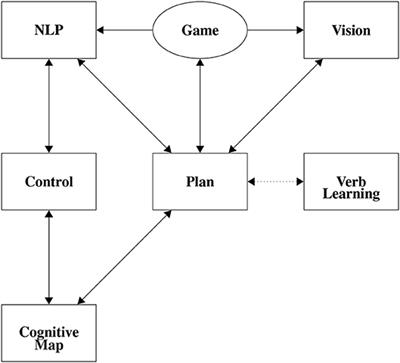
Frontiers Cabots And Other Neural Agents Frontiers In Neurorobotics
Goal-based agents are the simplest type of cognitive system
Goal-based agents are the simplest type of cognitive system-Simplest type of agent Not a cognitive system No information processing, simply acting on information Goalbased agent Primitive type of cognitive system Does not simply act on information, works out the consequences of different possible actions and then evaluates those consequences in light of its goalsGoalbased agents These kind of agents take decision based on how far they are currently from their goal (description of desirable situations) Their every action is intended to reduce its distance from the goal This allows the agent a way to choose among multiple possibilities, selecting the one which reaches a goal state



Artificial Intelligence Agents Environments W3ki
A goalbased reflex agent has a goal and has a strategy to reach that goal All actions are taken to reach this goal All actions are taken to reach this goal More precisely, from a set of possible actions, it selects the one that improves the progress towards the goal (not necessarily the best one)Agent Program = an implementation of an agent function Simple Reflex Agents They choose actions only based on the current percept They are rational only if a correct decision is made only on the basis of current precept Their environment is completely observable ConditionAction Rule − It is a rule that maps a state (condition) to an actionWhat are cognitive functions?
As agents are autonomous, they only need to know information about how to interact with other agents (what type of new information the system expects the agent sends, for example) The Multiagent system's modularity also makes possible to handle bigger and more complex problems each agent can be specialized in its own tasks in the spaceCognitive functions are mental processes that allow us to carry out any task They allow the subject to have an active role in the processes of receiving, choosing, transforming, storing, processing and retrieval of information, allowing the subject to navigate the world around himThe simplest way to distinguish between a goalbased agent and a utilitybased agent is that a goal is specifically defined, where maximization of utility is general (Maximizing utility is itself a form of goal, but generalized as opposed to specific) A goalbased navigation agent is tasked with getting from point A to point B If the agent
1 Intelligent execution of user requests in the operating system 2 To provide reliability and better support to customers 3 To Create systems that understand, think, learn, and behave like humans for the purpose of learning, behaviour etc Agent Types Reflex agents;The definitive presentation of Soar, one AI's most enduring architectures, offering comprehensive descriptions of fundamental aspects and new components In development for thirty years, Soar is a general cognitive architecture that integrates knowledgeintensive reasoning, reactive execution, hierarchical reasoning, planning, and learning from experience, with the goal of creating a generalSimple reflex agents A simple reflex agent works by rules whose condition matches the current situation (as defined by the percept) and then doing the action associated with that rule



Cognitive Systems At The Point Of Care The Credo Program Sciencedirect



Artificial Intelligence Agents Environments W3ki
Types of Agents (cont'd) Utilitybased agents – when multiple paths exist to an agent's goals, the possible actions are given a weight called a utility, that allows the agent to select the best action – usually involves a utility function that maps the next state to a number value that indicates theA normative agent can be labeled with a term borrowed from economics, "rational agent" In this rationalaction paradigm, an IA possesses an internal "model" of its environment This model encapsulates all the agent's beliefs abThe Desalination agent was a goalbased agent The agent took as inputs the water tank level (W level (t)), the SOC of the battery bank, the capacity of the stored hydrogen (H 2level (t)) and ΔP The first goal of this agent was to cover the water consumption and the second was not let the water tank get empty


Opinion Dynamics Model Based On Cognitive Biases Of Complex Agents
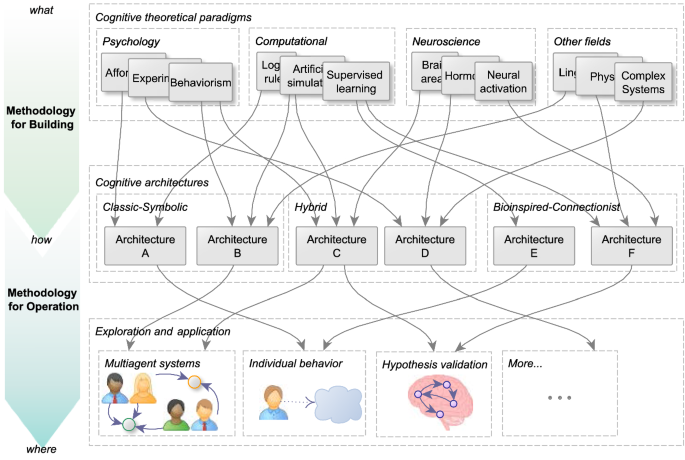


Methodological Aspects For Cognitive Architectures Construction A Study And Proposal Springerlink
The learner is using the physical action to achieve the cognitive objectives — identify, recognize, and differentiate varied types of cells If you are using a physical activity to support a cognitive or affective function, simply label it as something physical (labeling the objective as kinesthetic, haptic, or tactile is also acceptable) andThe term "cognitive strategies" in its simplest form is the use of the mind (cognition) to solve a problem or complete a task Cognitive strategies may also be referred to as procedural facilitators (Bereiter & Scardamalia, 1987), procedural prompts (Rosenshine, 1997) orscaffolds (Palincsar & Brown, 1984)Artificial intelligence Artificial intelligence Methods and goals in AI AI research follows two distinct, and to some extent competing, methods, the symbolic (or "topdown") approach, and the connectionist (or "bottomup") approach The topdown approach seeks to replicate intelligence by analyzing cognition independent of the biological structure of the brain, in terms of the



Artificial Intelligence
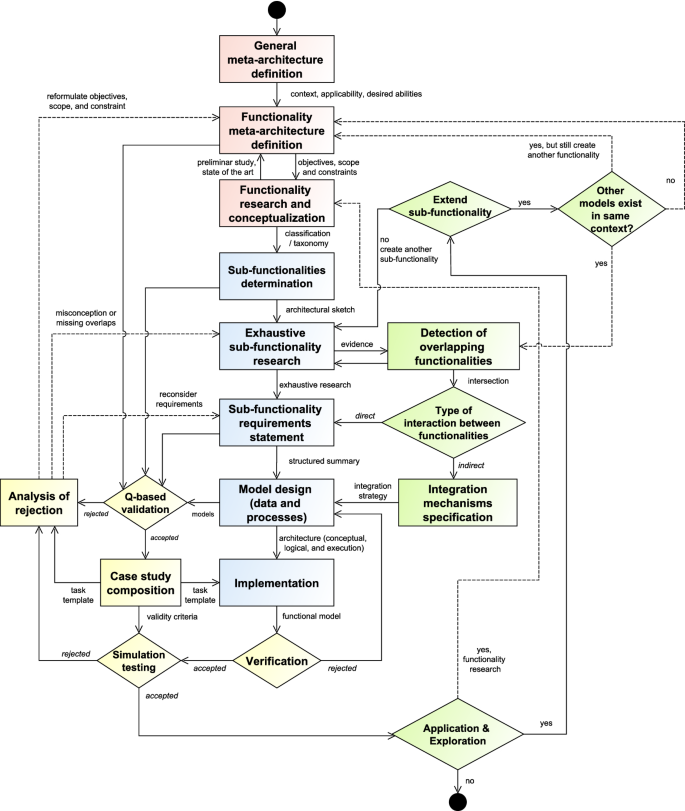


Methodological Aspects For Cognitive Architectures Construction A Study And Proposal Springerlink
Cognitive functions are mental processes that allow us to carry out any task They allow the subject to have an active role in the processes of receiving, choosing, transforming, storing, processing and retrieval of information, allowing the subject to navigate the world around himIntroduction Cognitive development is a major domain of early childhood development The term cognition refers to how the mind operates and the study of cognitive development focuses on how the mind thinks and learns during the early years of life 1Examples of cognitive development in childhood include children learning to distinguish between behaviors that will be rewarded, versus thoseScores of the ACLS range only from 30 to 58 since if you're at a cognitive level below a 3 you would not be able to participate in this type of screening The test scores stop at a 58 instead of a 60 because the test does not fully evaluate the ability to plan for the future



Frontiers Cabots And Other Neural Agents Frontiers In Neurorobotics



Pdf Intelligent Driving Agents The Agent Approach To Tactical Driving In Autonomous Vehicles And Traffic Simulation
COGNITIVE ABILITIES ARE NOT FIXED — WE CAN IMPROVE THEM VIA LIFESTYLE AND TARGETED PRACTICE With age, some cognitive abilities tend to decline, especially executive functions and those cognitive abilities that are not used regularly Fortunately, growing evidence shows that decline can be delayed, and lower cognitive ability can be1 Simple Reflex agent The Simple reflex agents are the simplest agents These agents take decisions on the basis of the current percepts and ignore the rest of the percept history These agents only succeed in the fully observable environmentReflex agent with internal states;



Pdf Using Inverse Planning And Theory Of Mind For Social Goal Inference
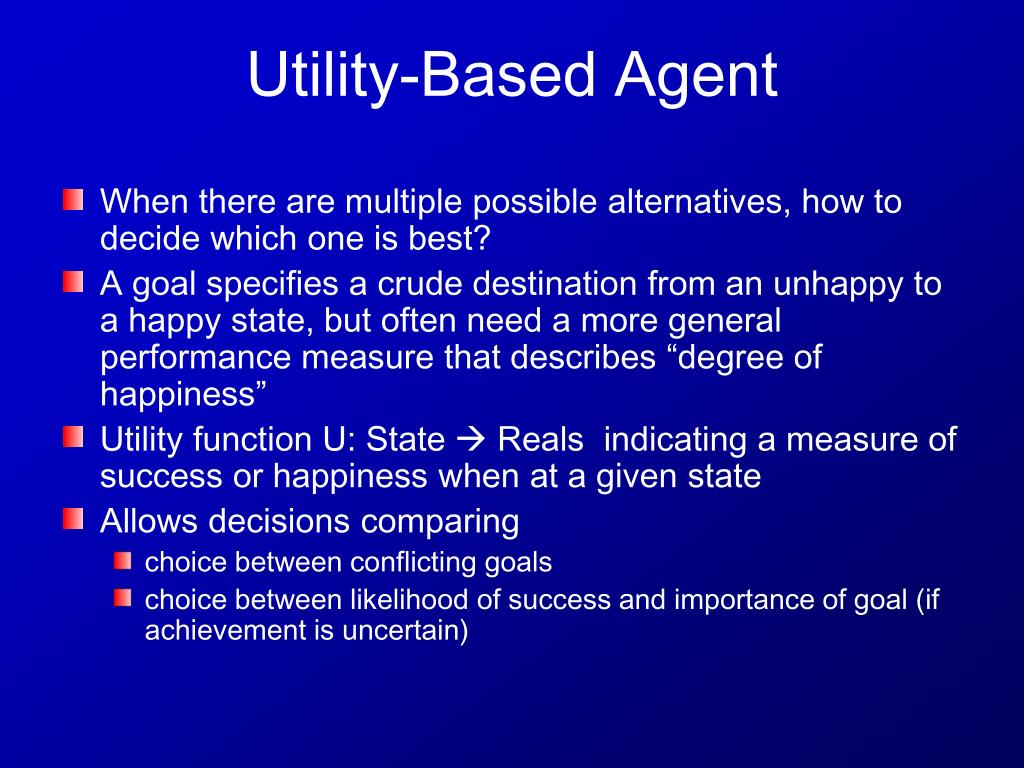


Ppt Agent Definition Powerpoint Presentation Free Download Id
The definitive presentation of Soar, one AI's most enduring architectures, offering comprehensive descriptions of fundamental aspects and new components In development for thirty years, Soar is a general cognitive architecture that integrates knowledgeintensive reasoning, reactive execution, hierarchical reasoning, planning, and learning from experience, with the goal of creating a generalAn agent is able to learn from its experiences The agent is autonomous It takes actions based on its builtin knowledge and its past experiencesAgents can be classified into four categories 1) simple reflex agents, 2) agents that keep track of the world, 3) goalbased agents and 4) utilitybased agentsAlso in Proceedings of NSF Workshop on the Representation of ThreeDimensional Objects, Section C, University of Pennsylvania, May 1979



Artificial Intelligence



Cognitive Evaluation Of Machine Learning Agents Sciencedirect
Four basic types in order of increasing generality Simple reflex agents Modelbased reflex agents Goalbased agents Utilitybased agents Posted by Samanyolu Dizisi Online İzle at 1228 Labels agent, reflex, simple, types No comments Post a commentReflex agent with internal states;Intelligent agents are often described schematically as an abstract functional system similar to a computer program Researchers such as Russell & Norvig harvtxt error no target CITEREFRussellNorvig03 consider goaldirected behavior to be the essence of intelligence;



Ten Simple Rules For The Computational Modeling Of Behavioral Data Elife
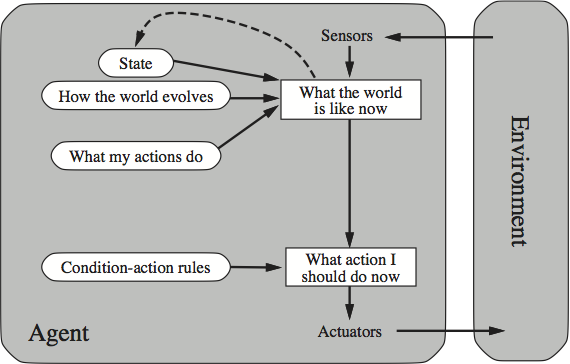


Artificial Intelligence Stanford Encyclopedia Of Philosophy
The Desalination agent was a goalbased agent The agent took as inputs the water tank level (W level (t)), the SOC of the battery bank, the capacity of the stored hydrogen (H 2level (t)) and ΔP The first goal of this agent was to cover the water consumption and the second was not let the water tank get emptyThe simplest way to distinguish between a goalbased agent and a utilitybased agent is that a goal is specifically defined, where maximization of utility is general (Maximizing utility is itself a form of goal, but generalized as opposed to specific) A goalbased navigation agent is tasked with getting from point A to point B If the agent succeeds, the goal has been satisfiedIn this regard, a goalbased agent operates as a search and planning function, meaning it targets the goal ahead and finds the right action in order to reach it This helps a goalbased agent to be
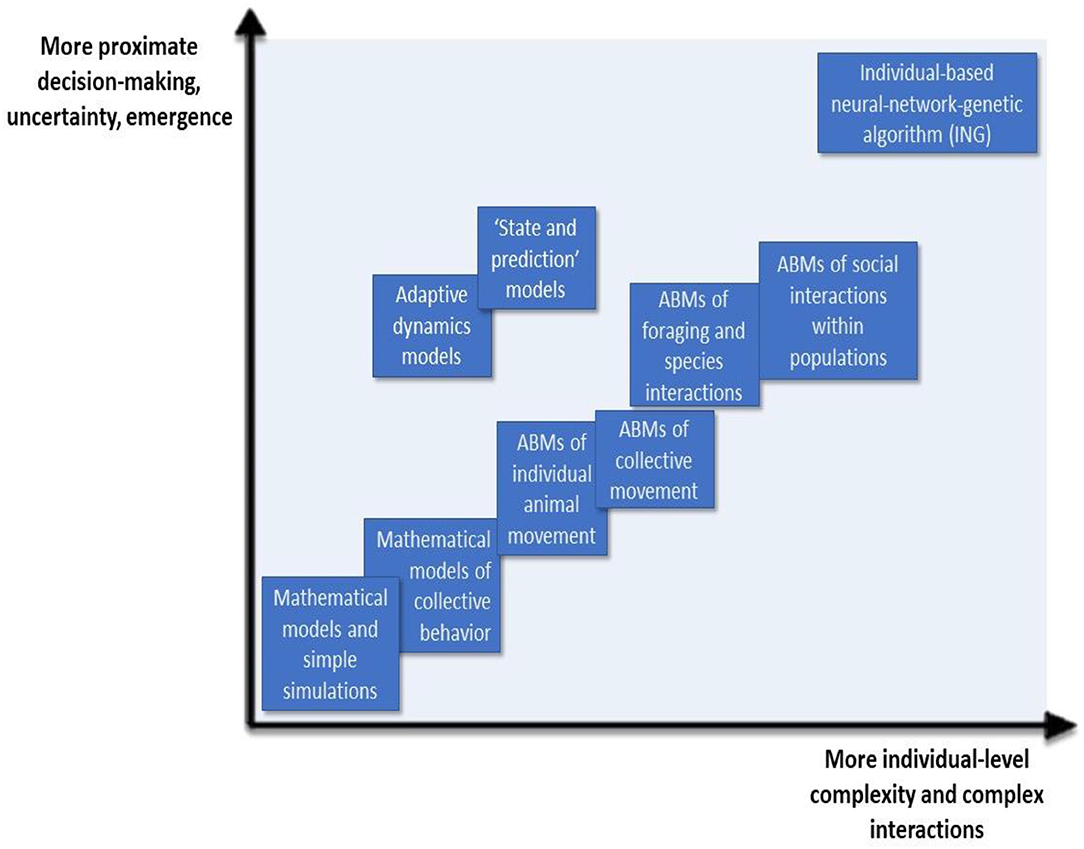


Frontiers Decision Making In Agent Based Modeling A Current Review And Future Prospectus Ecology And Evolution



Section 01
Goal Based Agents They choose their actions in order to achieve goals Goalbased approach is more flexible than reflex agent since the knowledge supporting a decision is explicitly modeled, thereby allowing for modificationsThe agent can use these goals with a set of actions and their predicted outcomes to see which action(s) achieve our goal(s) Achieving the goals can take 1 action or many actions Search and planning are two subfields in AI devoted to finding sequences of actions to achieve an agents goalsAgent Types • Simple reflex agents – are based on conditionaction rules and implemented with an appropriate production system They are stateless devices which do not have memory of past world states • Reflex Agents with memory (ModelBased) – have internal state which is used to keep track of past states of the world • Agents with
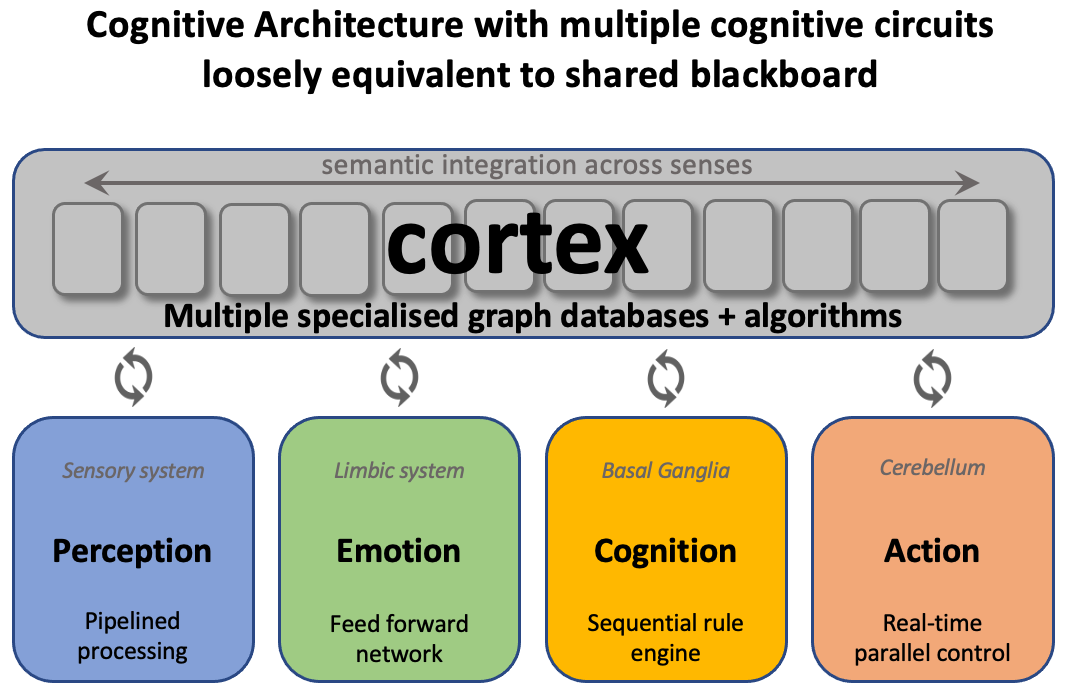


Chunks And Rules
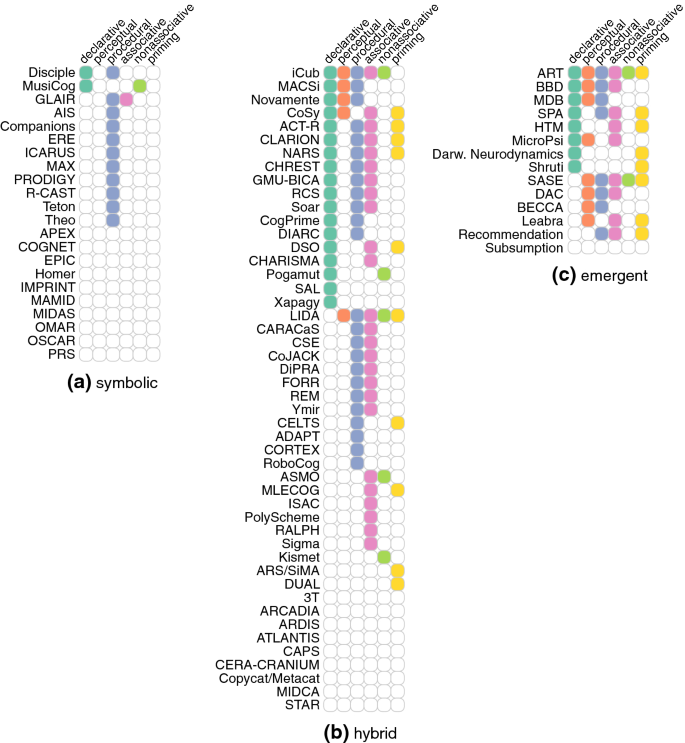


40 Years Of Cognitive Architectures Core Cognitive Abilities And Practical Applications Springerlink
Agents represent action in Experiment 1, participants divided actions into units for two hypothetical observers Participants marked fewer units for a person than for either of two different machine agents, suggesting that motions were integrated into larger goalbased units for the human but not for the machinesCognitive functions are mental processes that allow us to carry out any task They allow the subject to have an active role in the processes of receiving, choosing, transforming, storing, processing and retrieval of information, allowing the subject to navigate the world around himThe Hindsight Bias The hindsight bias is a common cognitive bias that involves the tendency to see events, even random ones, as more predictable than they are It's also commonly referred to as the "I knew it all along" phenomenon Some examples of the hindsight bias include Insisting that you knew who was going to win a football game once the event is over



Cognitive Systems At The Point Of Care The Credo Program Sciencedirect



Artificial Intelligence A Beginner S Tutorial
Agent program Implementation of an agent function Agent function is a map from the percept sequence (history of all that an agent has perceived till date) to an action Agent = Architecture Agent Program Types of Agents • Simple reflex agents • Modelbased reflex agents • Goalbased agent • Utilitybased agent • Learning AgentsDifferent types of agents in ai learning, goal & utility based3 typesSimple reflexGoalbasedLearning Simple Reflex Agent the agent should act Do not make up cognitive systems b/c cognitive systems require manipulation and transformation of information for cognitive processing the cognitive system cannot influence the pattern of response)



Section 01
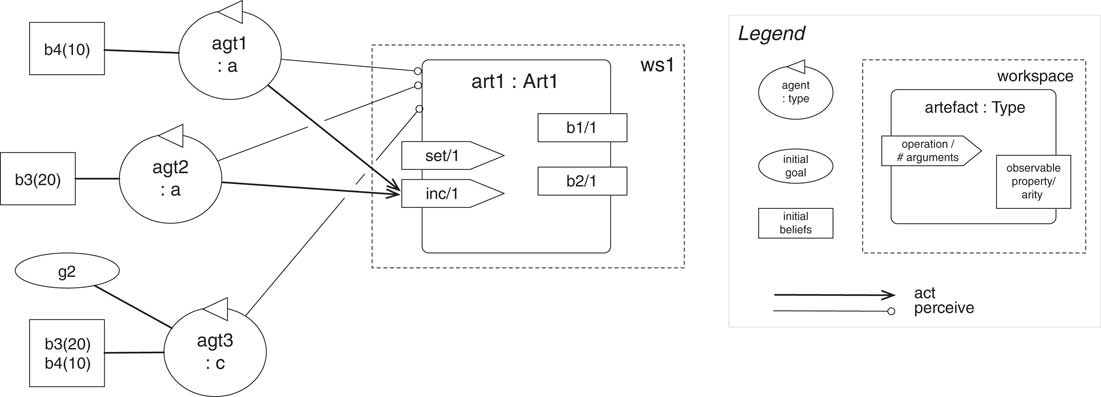


Dimensions In Programming Multi Agent Systems The Knowledge Engineering Review Cambridge Core
This is not one single theory but a generic term used to describe all the perspectives that focus how our cognitive processes such as attention, perception, encoding, storage, and retrieval of knowledge It uses a two store model where stimuli enter the Sensory Register and from there go to Short Term MemoryWhat are cognitive functions?Agents that keep track of the world;



Section 01
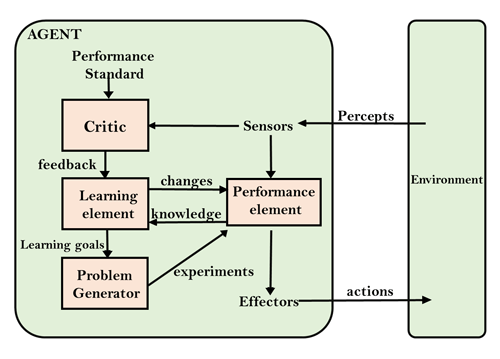


Types Of Ai Agents Javatpoint
3 typesSimple reflexGoalbasedLearning Simple Reflex Agent the agent should act Do not make up cognitive systems b/c cognitive systems require manipulation and transformation of information for cognitive processing the cognitive system cannot influence the pattern of response)1 Intelligent execution of user requests in the operating system 2 To provide reliability and better support to customers 3 To Create systems that understand, think, learn, and behave like humans for the purpose of learning, behaviour etc Agent Types Reflex agents;Dialectical behavior therapy (DBT) addresses thoughts and behaviors while incorporating strategies such as emotional regulation and mindfulness;



Cognitive Evaluation Of Machine Learning Agents Sciencedirect



Clarifying Cognitive Control And The Controllable Connectome Medaglia 19 Wires Cognitive Science Wiley Online Library
Different types of agents in ai learning, goal & utility basedCognitive skill development in children involves learning skills, such as attention, memory and thinking Genetic makeup is responsible for some cognitive ability, but most cognitive skills areWhat are cognitive functions?



Types Of Ai Agents Javatpoint
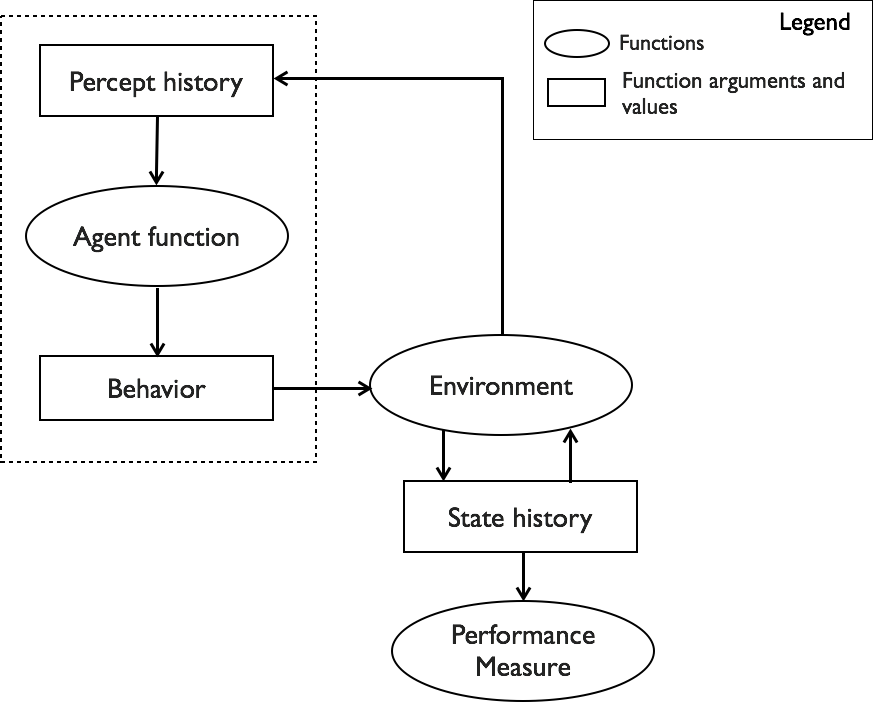


Artificial Intelligence Stanford Encyclopedia Of Philosophy
Agent = Architecture Program Agents Types Simple reflex agents;StreetLearn Overview This repository contains an implementation of the StreetLearn C engine and Python environment for training navigation agents in realworld photographic street environments, as well as code for implementing the agents used in 1 "Learning to Navigate in Cities Without a Map" (NeurIPS 18) This environment was also used in two followup papers 2 "CrossView PolicyA Simpleaction rule b Conditionaction rule c Simple
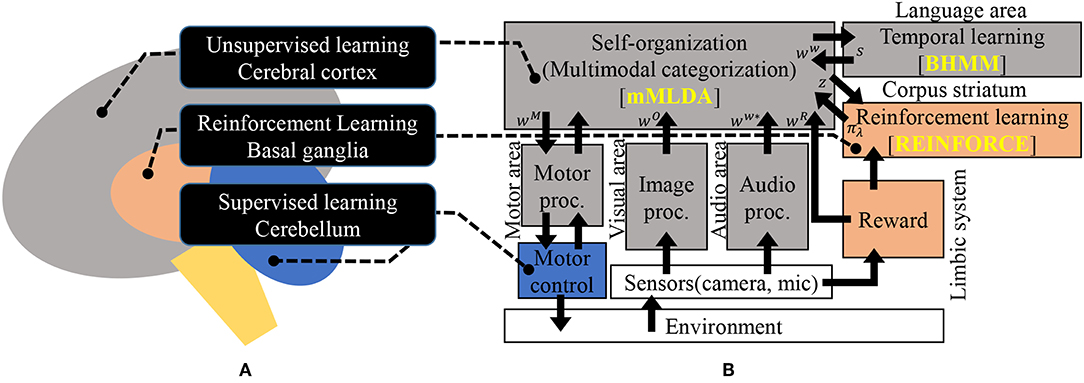


Frontiers Integrated Cognitive Architecture For Robot Learning Of Action And Language Robotics And Ai



Section 01
C Cognitive Artificial Intelligence approach d Applied Artificial Intelligence approach Answer c Explanation In the Cognitive Artificial Intelligence approach, a computer is used to test theories about how the human mind works 6 What is the rule of a simple reflex agent?Types of Agents – Simple Reflex agents respond immediately to percepts – Modelbased Reflex Agent is aware of action effects – Goalbased agents work towards goals – Utilitybased agents try to maximize their reward – Learning agents improve their behavior over time 2 AI 19 Intelligent Agents ©The following are brief explanations of cognitivebehavior therapy and a biblical analysis of its concepts Explanation of Cognitivebehavior Therapy Albert Ellis, ron Beck, and Donald Meichenbaum are associated with cognitivebehavior therapy As the name suggests, cognitivebehavior therapy is, in some ways, an expansion of behaviorism



Section 01



Artificial Intelligence Agents Environments W3ki
Brooks, R A, R Greiner and T O Binford, "Progress Report on a ModelBased Vision System", Proceedings of ARPA Image Understanding Workshop, Pittsburgh, PA, November 1978, pp 145–151;For each of the following agents, determine what type of agent architecture is most appropriate (ie, table lookup, simple reflex, goalbased or utilitybased) a Medical diagnosis system b Satellite imagine analysis system c Partpicking robot d Refinery controllerA rational agent needs to be designed, keeping in mind the type of environment it will be used in Below are the types Fully observable and partially observable An agent's sensors give it access to the complete state of the environment at each point in time , if fully observable, otherwise not



Cognitive Systems At The Point Of Care The Credo Program Sciencedirect
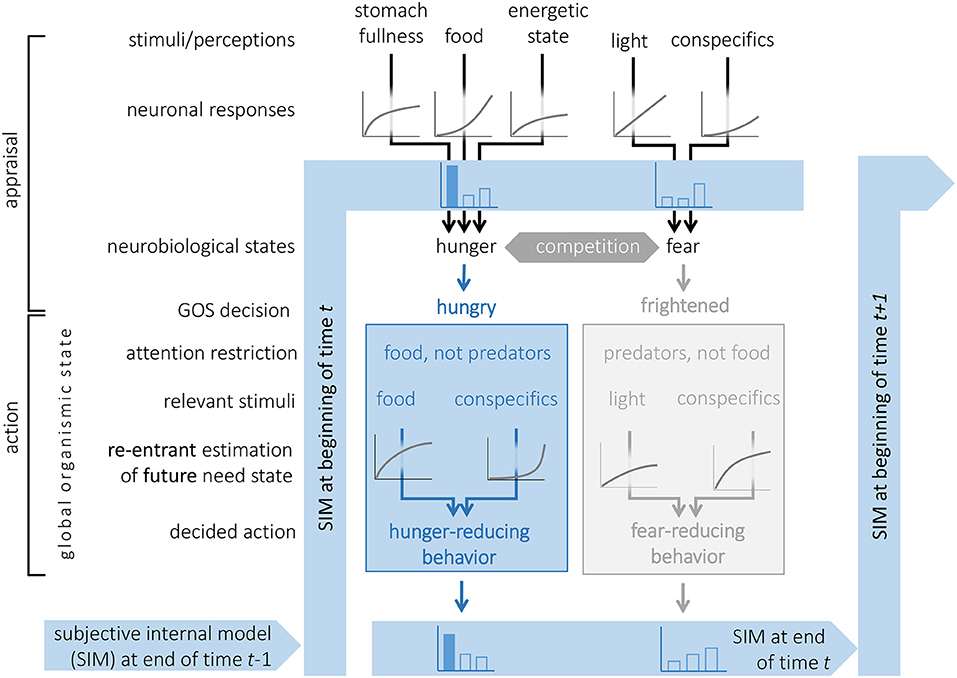


Frontiers Decision Making From The Animal Perspective Bridging Ecology And Subjective Cognition Ecology And Evolution
Multimodal therapy suggests that psychological issues must be treated by addressing seven different butThe aim of this chapter is to describe the cognitive abilities deployed on agents and multiagent systems by using examples from applications carried out by the authors


Opinion Dynamics Model Based On Cognitive Biases Of Complex Agents



Pdf Self Organization Of Complex Intelligent Systems An Action Ontology For Transdisciplinary Integration
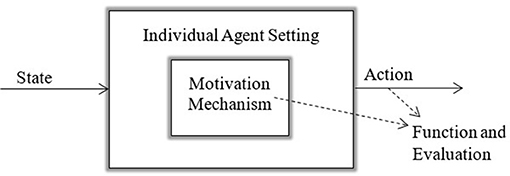


Frontiers Toward Computational Motivation For Multi Agent Systems And Swarms Robotics And Ai



Cognitive Evaluation Of Machine Learning Agents Sciencedirect
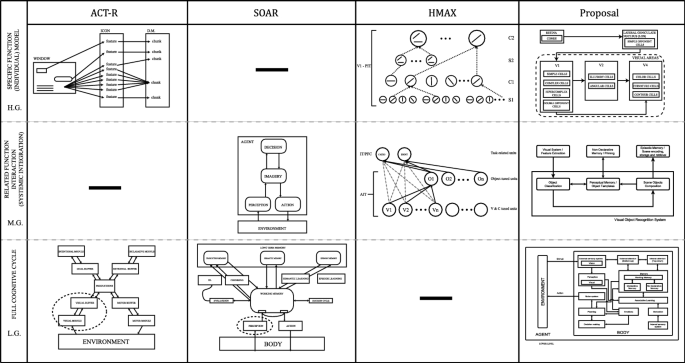


Methodological Aspects For Cognitive Architectures Construction A Study And Proposal Springerlink
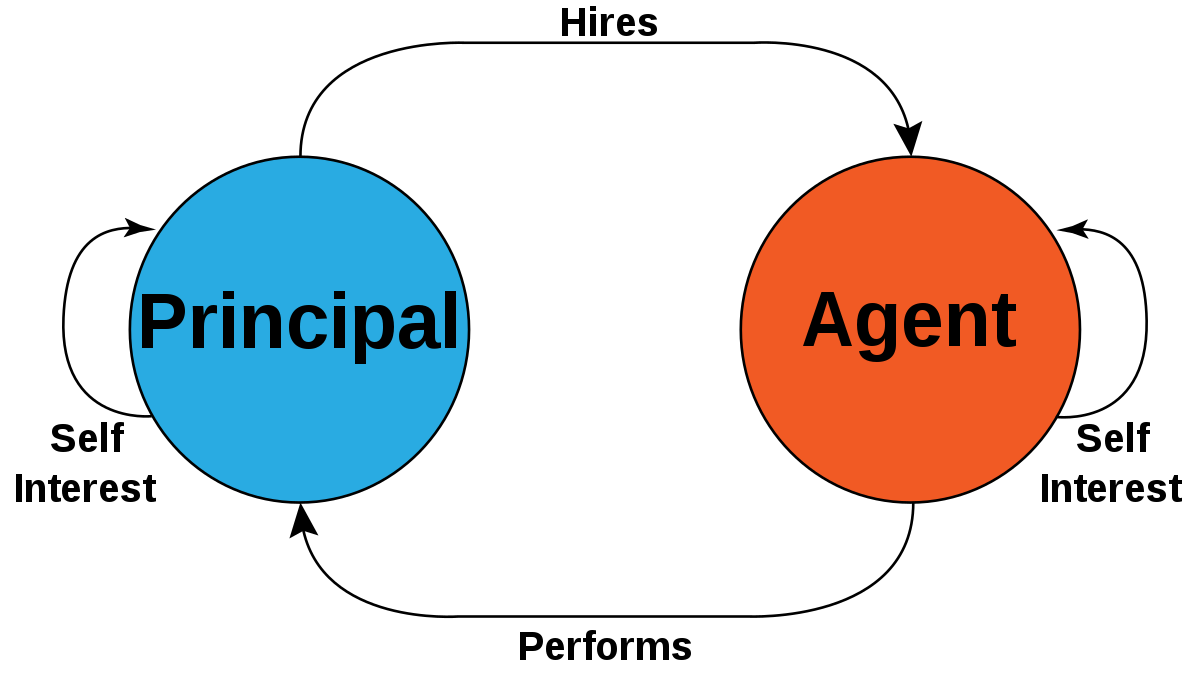


Principal Agent Problem Wikipedia



Pdf Cognitive Architectures Where Do We Go From Here
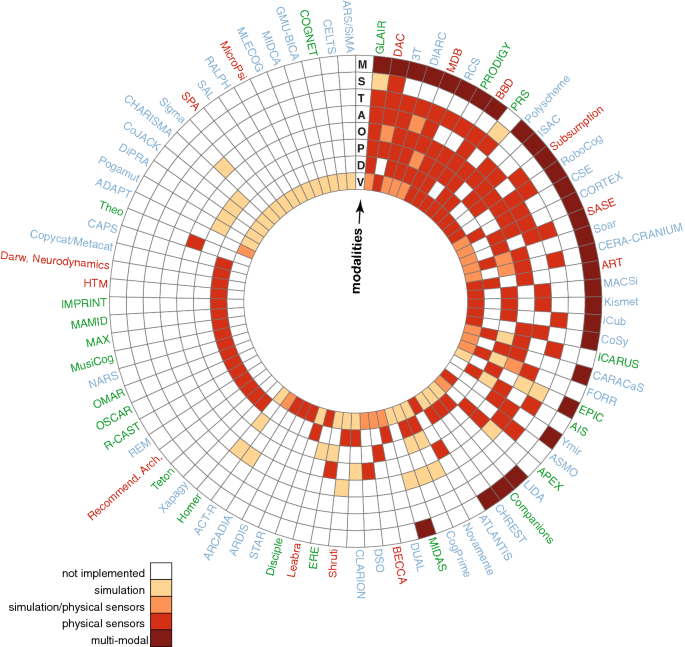


40 Years Of Cognitive Architectures Core Cognitive Abilities And Practical Applications Springerlink
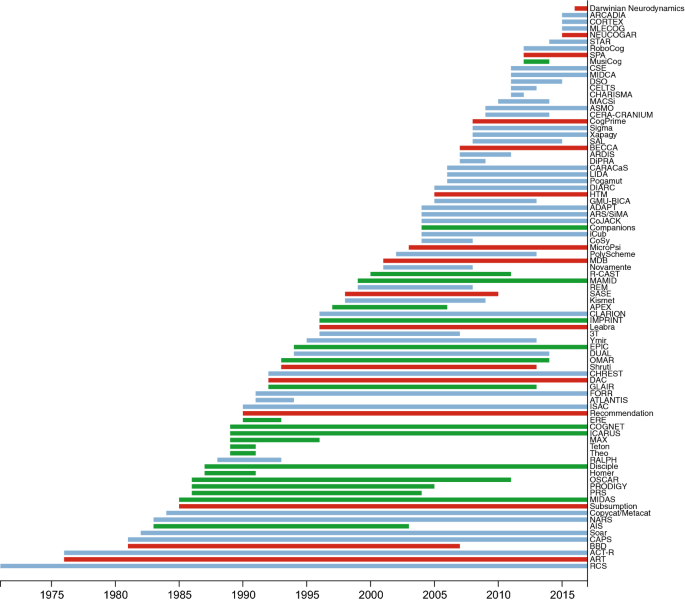


40 Years Of Cognitive Architectures Core Cognitive Abilities And Practical Applications Springerlink
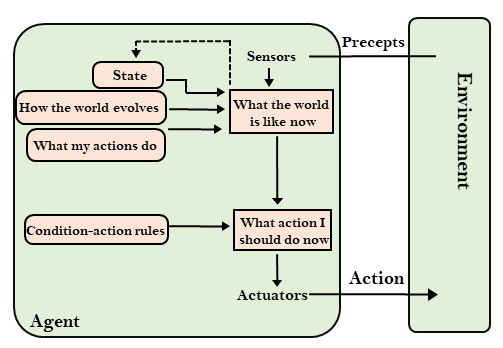


Types Of Ai Agents Javatpoint



A Psychologically Plausible Goal Based Utility Function Informing
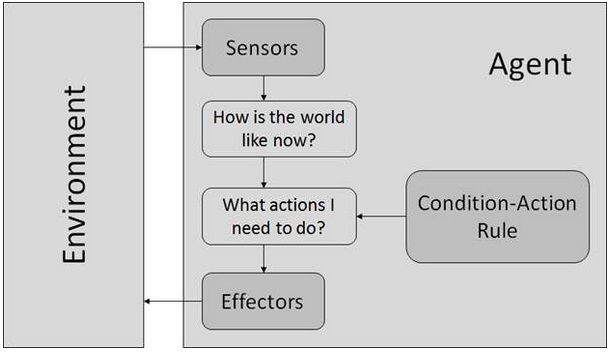


Artificial Intelligence Ai Dr Rajiv Desai
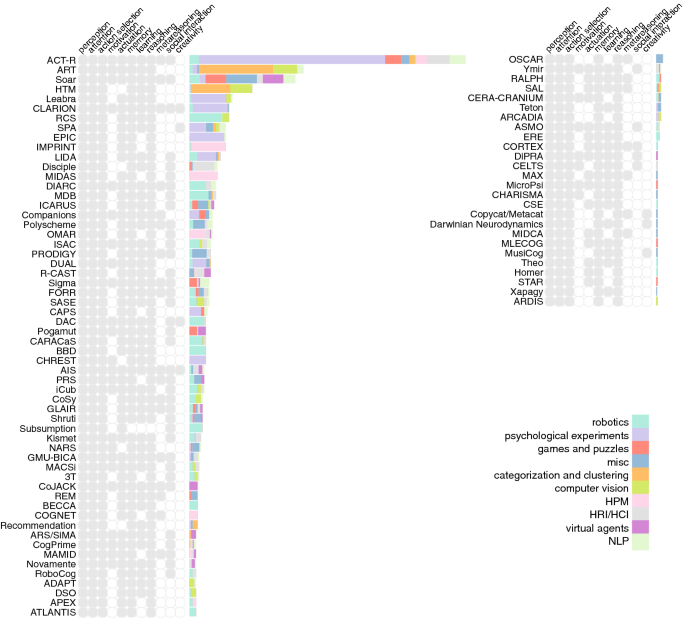


40 Years Of Cognitive Architectures Core Cognitive Abilities And Practical Applications Springerlink
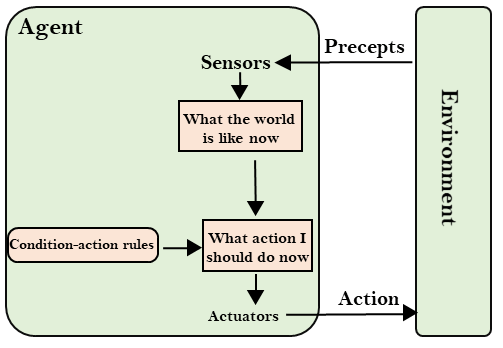


Types Of Ai Agents Javatpoint
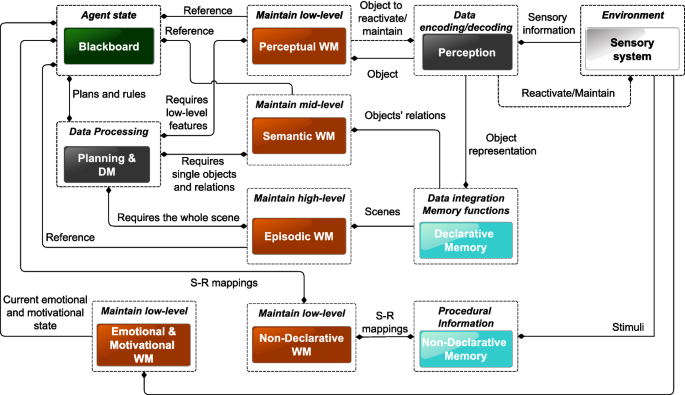


Methodological Aspects For Cognitive Architectures Construction A Study And Proposal Springerlink
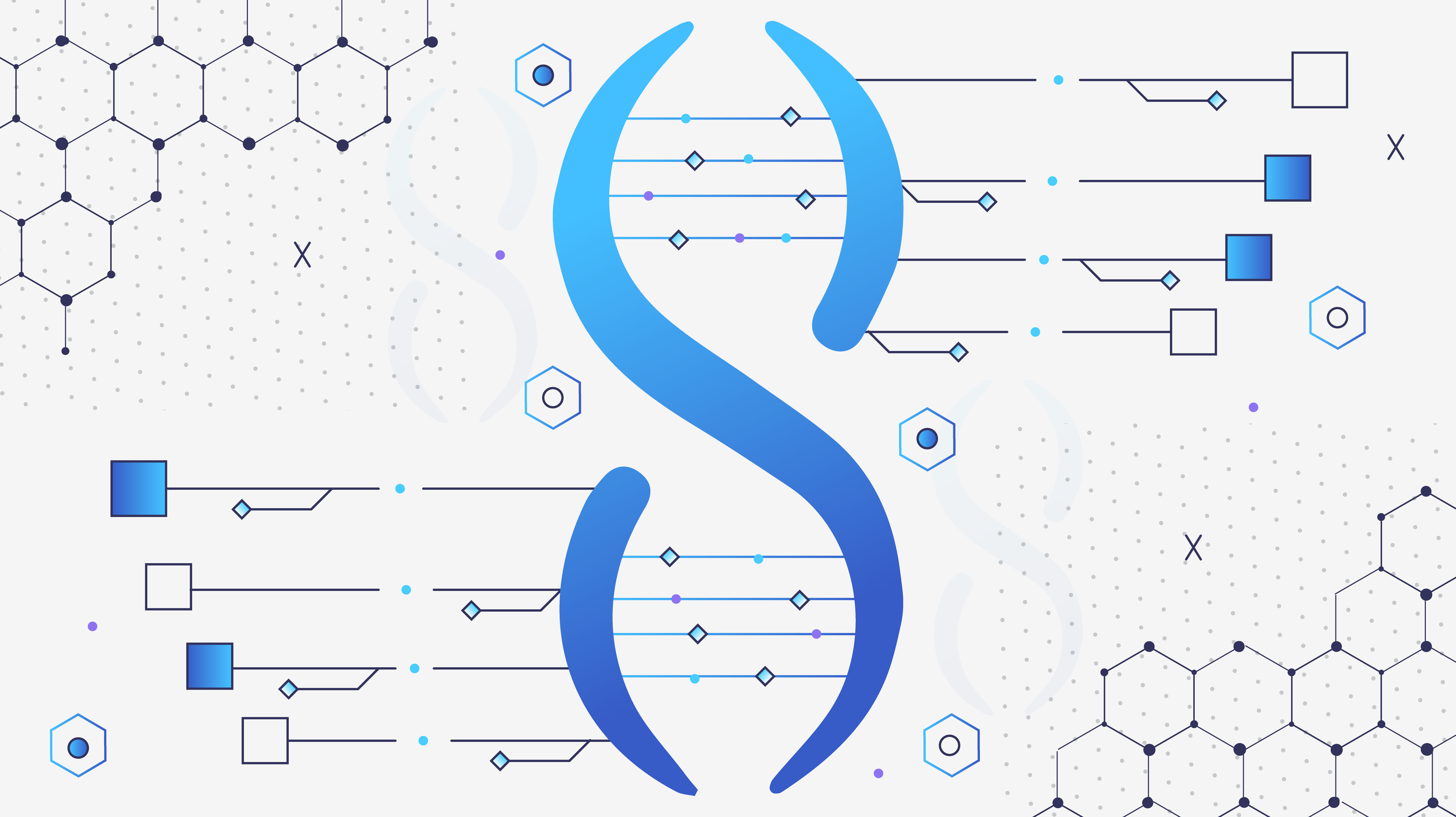


Ai Dsl Toward A General Purpose Description Language For Ai Agents By Ben Goertzel Singularitynet



Dimensions In Programming Multi Agent Systems The Knowledge Engineering Review Cambridge Core



Curriculum For Reinforcement Learning



Artificial Intelligence Ai Dr Rajiv Desai



Top 22 Intelligent Personal Assistants Or Automated Personal Assistants In 21 Reviews Features Pricing Comparison Pat Research B2b Reviews Buying Guides Best Practices



Intelligent Agent Wikipedia
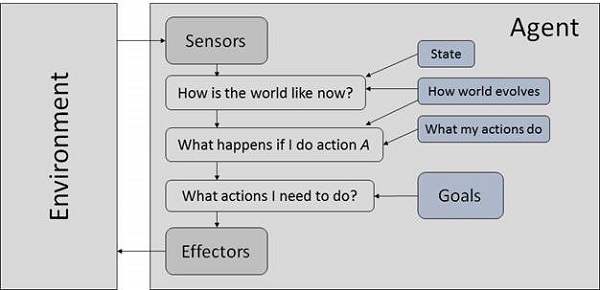


Artificial Intelligence Quick Guide Tutorialspoint
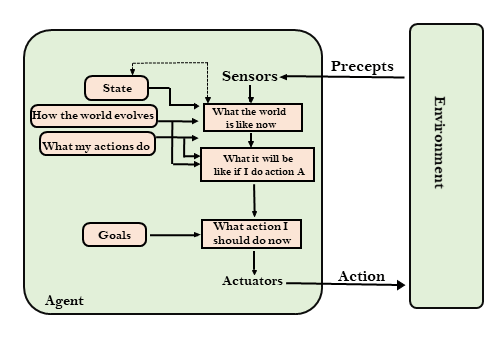


Types Of Ai Agents Javatpoint



Cosa A Generic Cognitive System Architecture Based On A Cognitive Model Of Human Behavior Springerlink
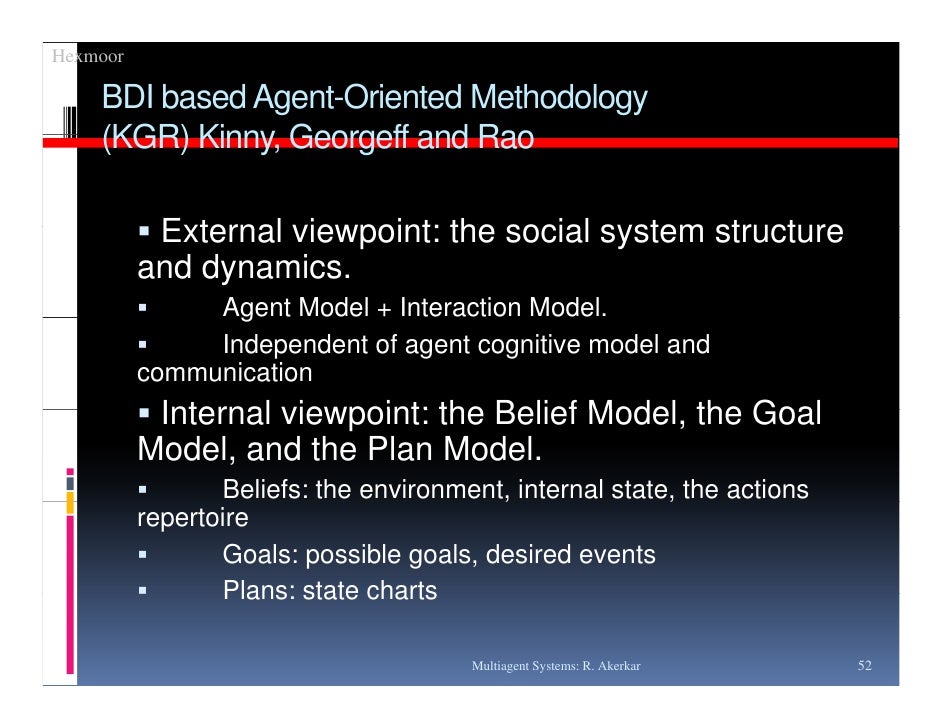


Multi Agent Systems



Part 1 Artificial Intelligence Defined Deloitte Technology Services



Section 01



Introduction To Artificial Intelligence Ppt Download



Section 01
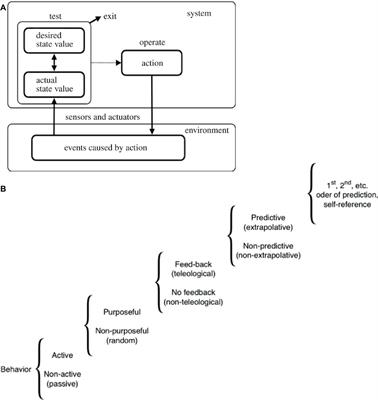


Frontiers The Computational Boundary Of A Self Developmental Bioelectricity Drives Multicellularity And Scale Free Cognition Psychology



A Cognitive Assistant For Learning Java Featuring Social Dialogue Sciencedirect
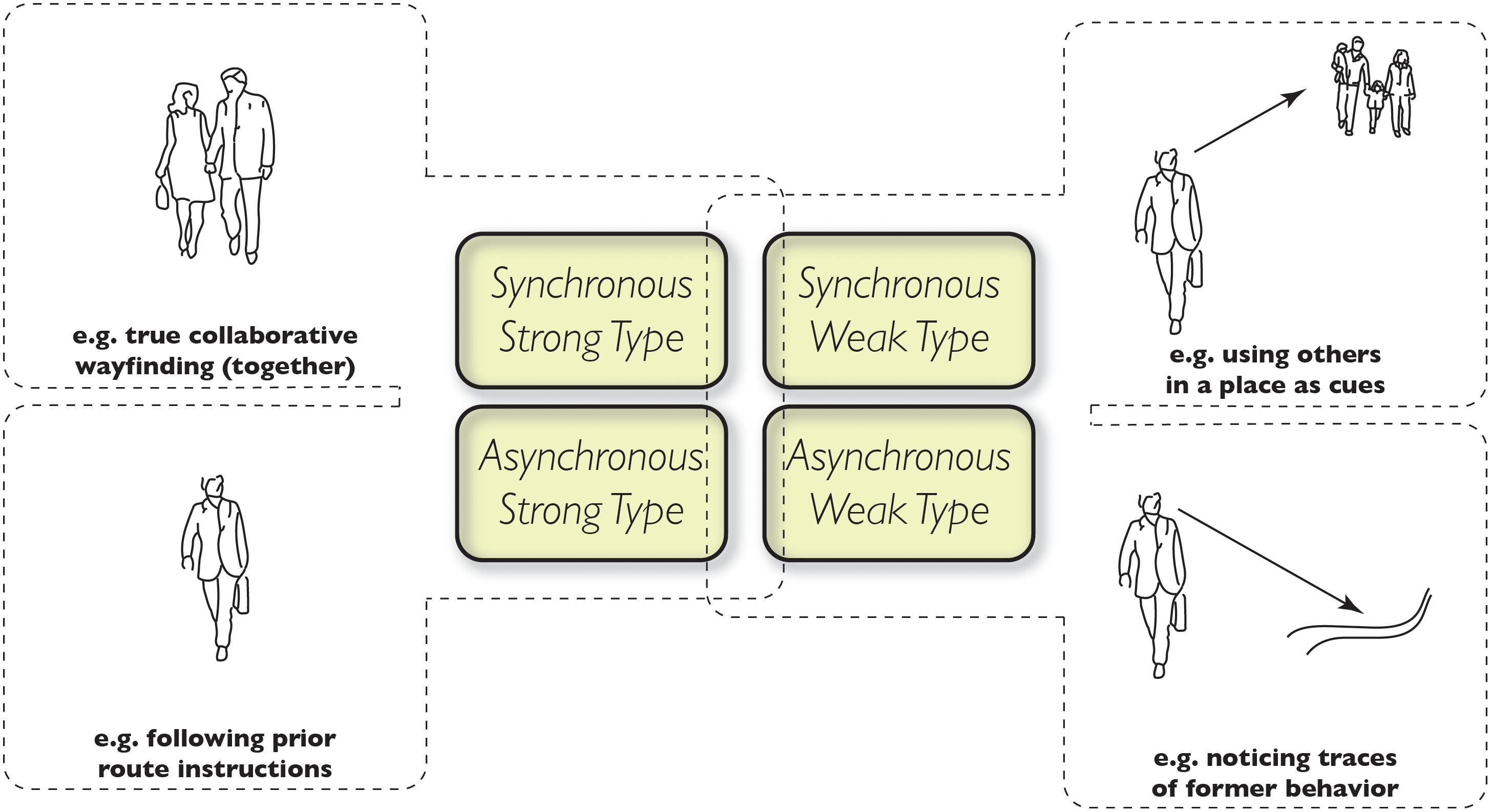


Frontiers Wayfinding As A Social Activity Psychology



Intelligent Agent Wikipedia



Section 01



Modeling Goal Oriented Decision Making Through Cognitive Phase Transitions Topic Of Research Paper In Psychology Download Scholarly Article Pdf And Read For Free On Cyberleninka Open Science Hub
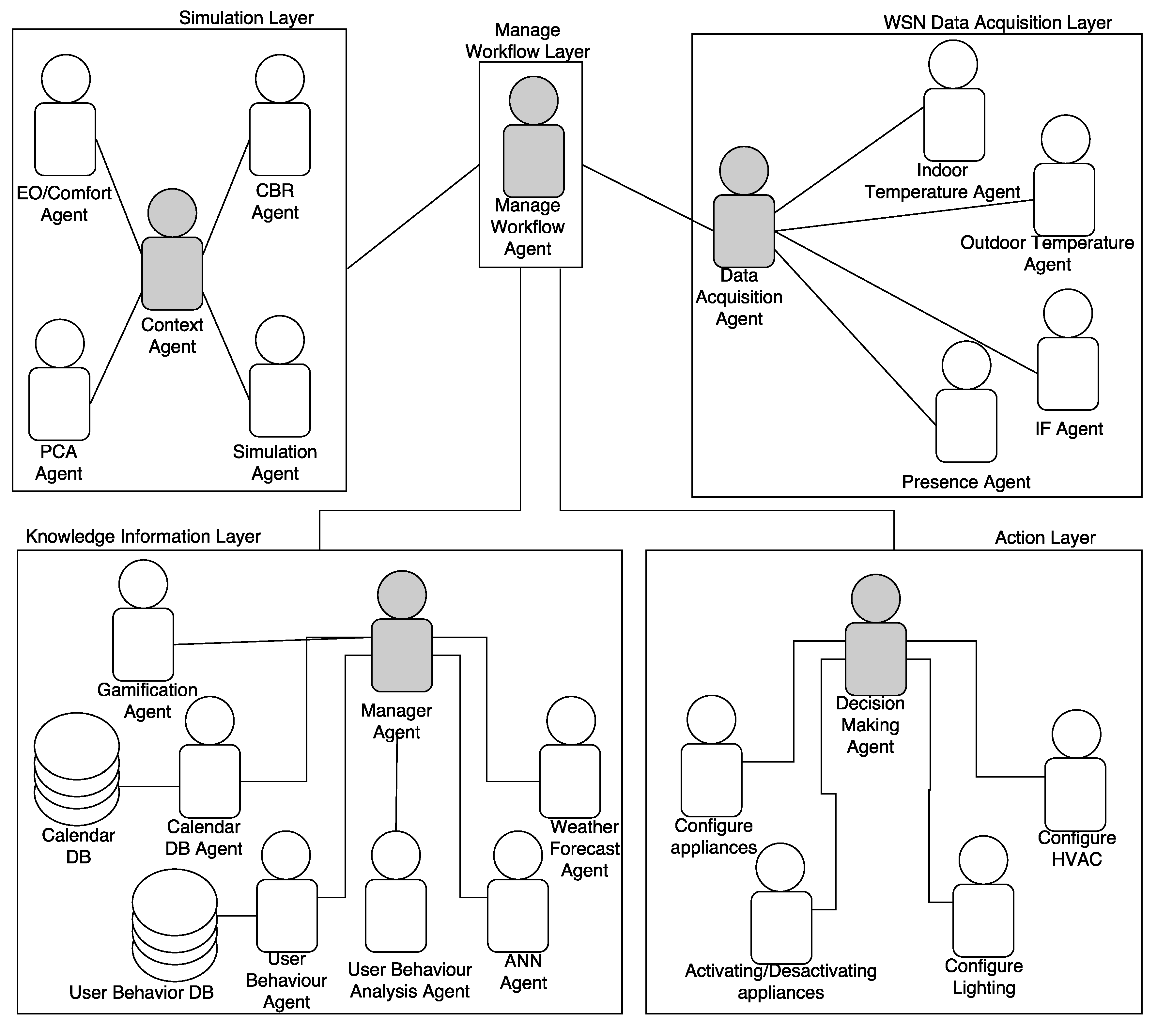


Energies Free Full Text Multi Agent Systems Applications In Energy Optimization Problems A State Of The Art Review Html



Artificial Intelligence Stanford Encyclopedia Of Philosophy



Artificial Cognition For Social Human Robot Interaction An Implementation Sciencedirect
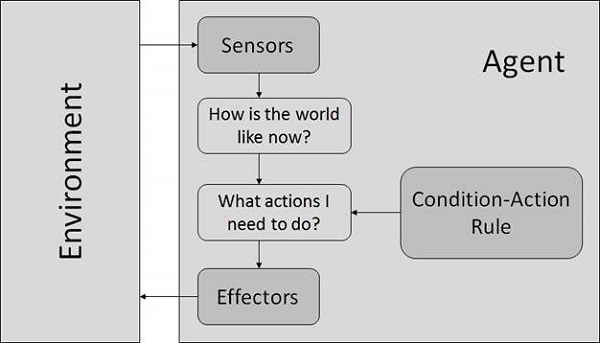


Artificial Intelligence Quick Guide Tutorialspoint



Computational Neural Mechanisms Of Goal Directed Planning And Problem Solving Biorxiv



Pdf Distrubuted Cognition Coordination And Environmental Design



Artificial Cognition For Social Human Robot Interaction An Implementation Sciencedirect



Section 01



Cognitive Evaluation Of Machine Learning Agents Sciencedirect
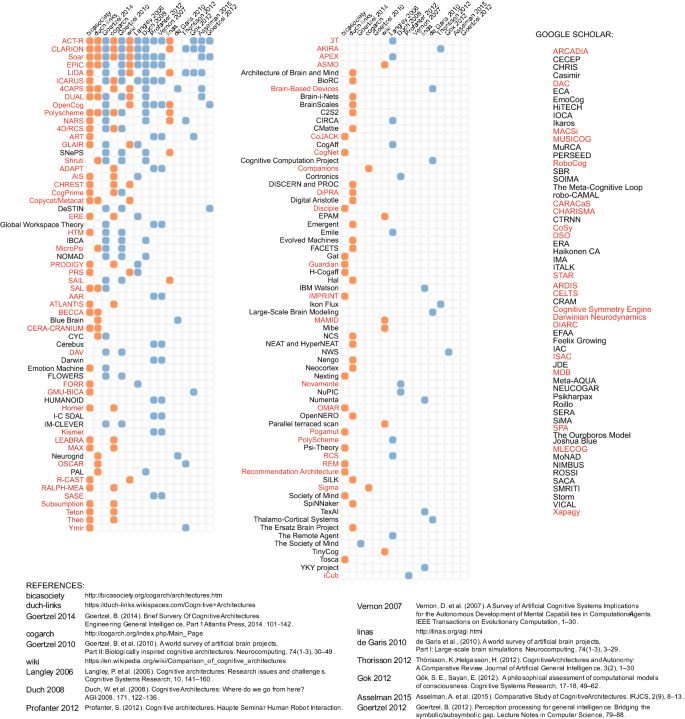


40 Years Of Cognitive Architectures Core Cognitive Abilities And Practical Applications Springerlink



Reinforcement Learning In Artificial And Biological Systems Nature Machine Intelligence
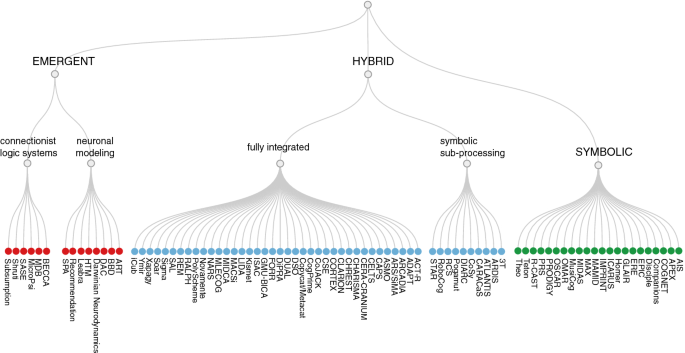


40 Years Of Cognitive Architectures Core Cognitive Abilities And Practical Applications Springerlink



Cognitive Conversation Systems
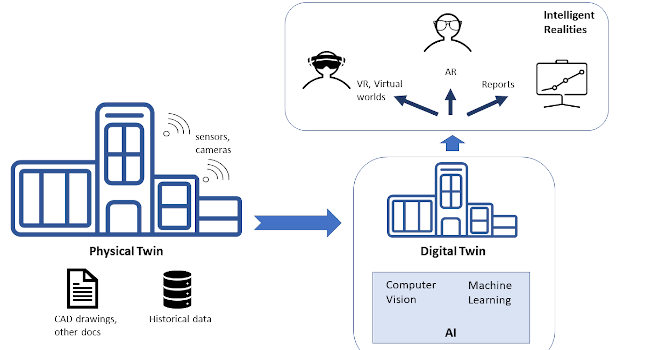


Control Engineering How To Use Human And Artificial Intelligence With Digital Twins



Pdf On How Agents Make Friends Mechanisms For Trust Acquisition



Intelligent Agent Wikipedia


Survey X Artificial Intelligence And The Future Of Humans Imagining The Internet



0 件のコメント:
コメントを投稿